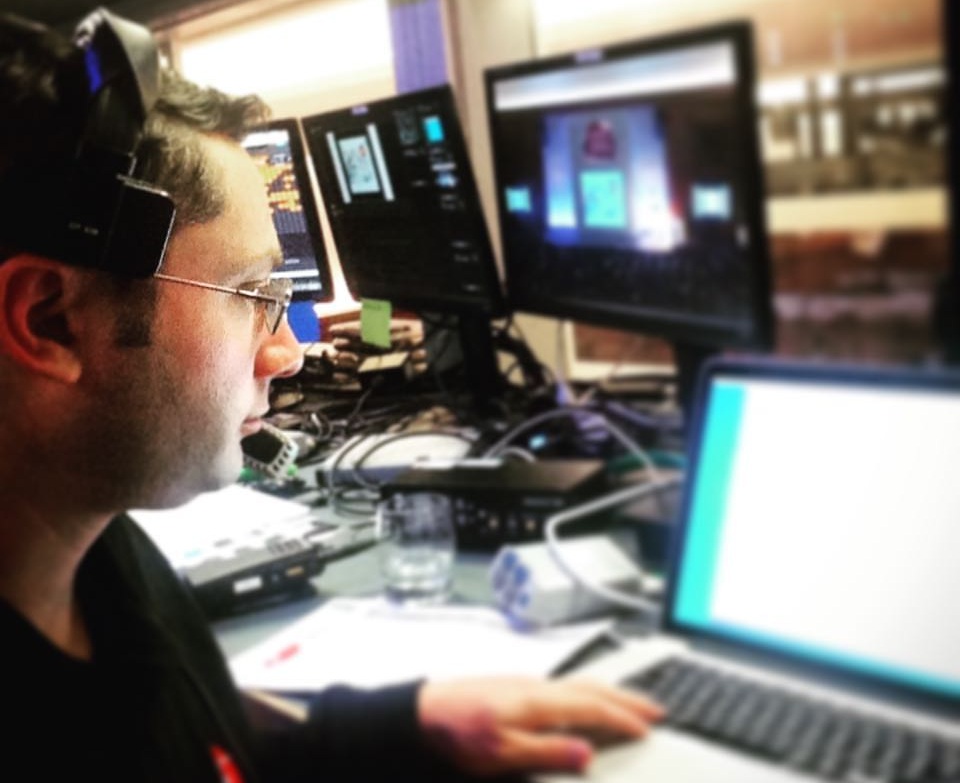Highlighting the Impact of Illumination Techniques on the Craft of Film Projection Mapping
Highlighting the Impact of Illumination Techniques on the Craft of Film Projection Mapping
Blog Article
Motion projection mapping is an innovative art form that combines technology and innovation to transform common surfaces into remarkable visual exhibits. This technique entails projecting graphics and videos onto 3D objects, such as structures, sculptures, or stages. One of the most crucial factors in creating effective projection in the use of effective illumination techniques. Proper illumination enhances the aesthetic elements of the display and guarantees that the images are crisp and engaging. This piece explores the influence of lighting methods on video projection and how they can enhance the overall encounter.
Lighting plays a vital part in motion projection because it sets the mood and feel of the exhibit. Different illumination methods can elicit various feelings and reactions from the audience. For instance, using soft, cozy illumination can create a inviting environment, while bright, cold illumination may create a more dynamic or intense effect. By carefully selecting light colors and intensities, creators can influence how audience interpret the projected visuals, leading to a more engaging encounter. The equilibrium between mapping luminance and surrounding illumination is crucial, as it can greatly affect the visibility and impact of the visuals.
In addition, color and brightness, the angle of illumination also affects the effectiveness of mapping. Illumination from different directions can generate contrast and highlights that introduce dimension to the projected images. This technique, known as light and shadow, can improve the 3D quality of the subjects being projected. Additionally, using dynamic illumination can introduce energy to the exhibit, making the encounter more engaging for the audience. find out here When the light interacts with the projected images, it can produce an effect of motion and change, grabbing the audience's focus.
Another important element of illumination in projection is the use of special effects. Methods such as gobo lighting, which uses patterns and shapes to filter light, can introduce depth and intricacy to the mapping. This approach enables creators to click for source superimpose visuals and produce aesthetically stunning effects that complement the mapping. Additionally, incorporating lasers or LED lights can further improve the exhibit, providing a distinct mix of sight components that attract the audience in. These special effects, when used thoughtfully, can elevate the projection into a basic show to an engaging piece of creativity.
In conclusion, the impact of lighting methods on motion mapping is profound. By comprehending how various illumination components connect with projected images, creators can create captivating experiences that resonate with viewers. The thoughtful choosing of hue, brightness, direction, and special effects allows for a vivid canvas of sight narrative. As technology continues to grow, the options for artistic showcasing in mapping will only grow, making lighting an ever-important component in this innovative creative medium.